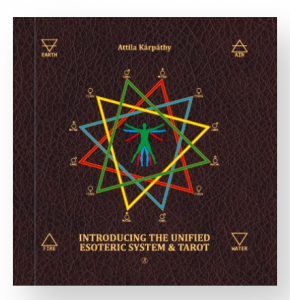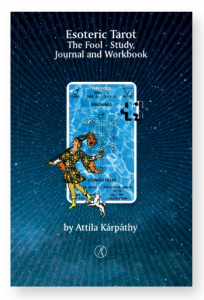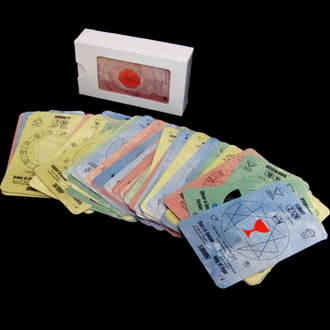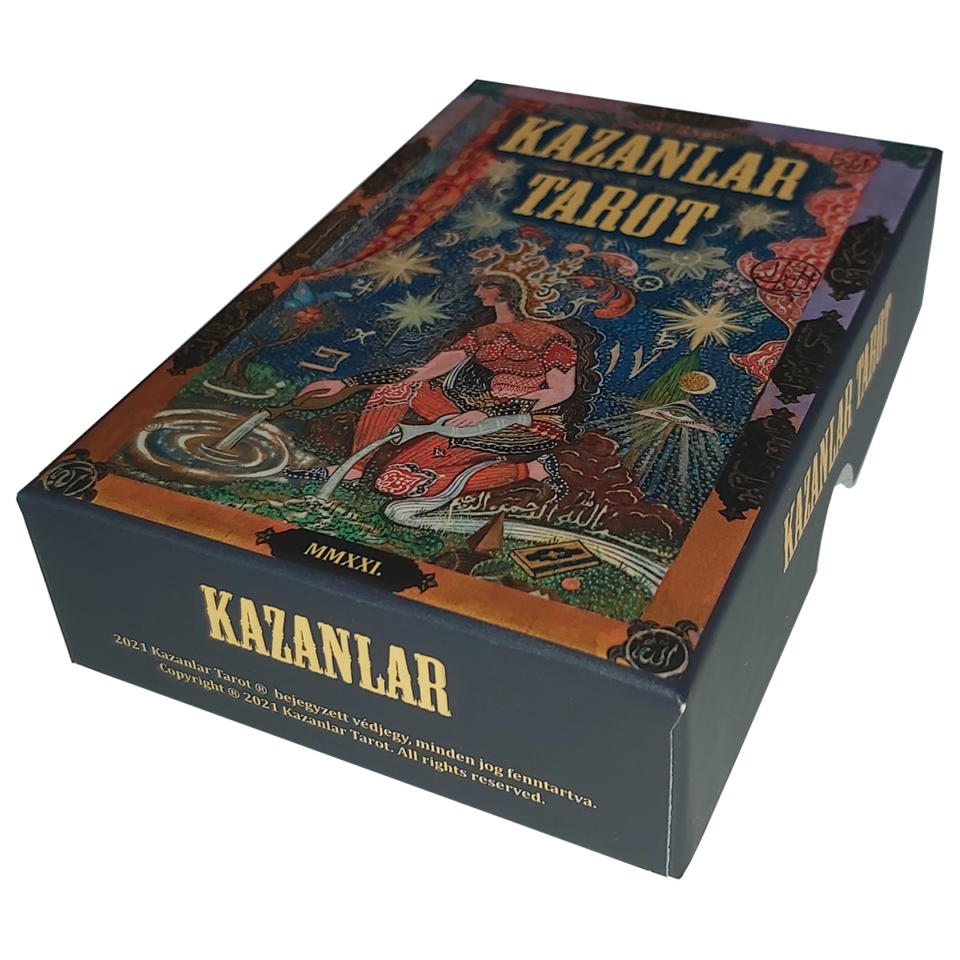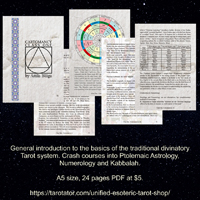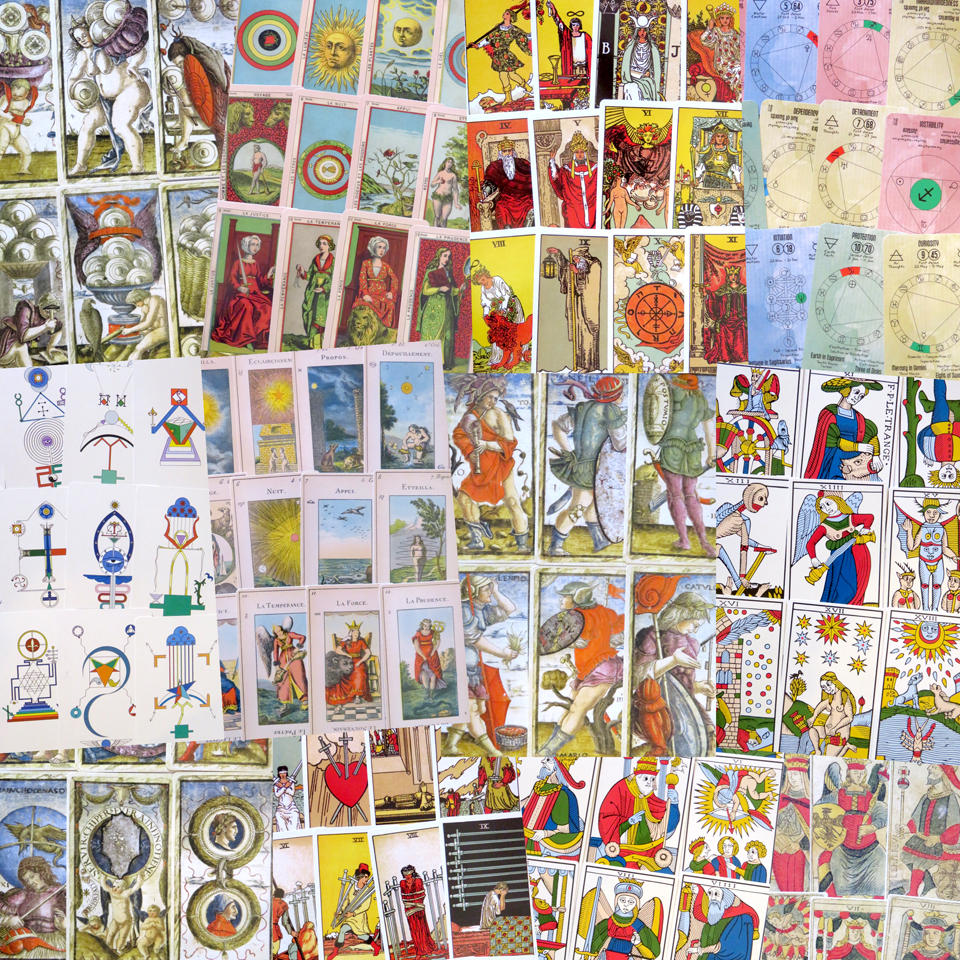
History is the study of the past as it is described in written documents and based on physical evidence.
The earliest official mention of playing cards was made in 868 and came from the Chinese writer Su E who describes Princess Tong Cheng playing the “leaf game” with the royal family.
Supposedly, from China, the cards spread to India, Persia and eventually Egypt.
The early history of playing cards in Western Europe was related to the invasion of North Africa, Spain and Sicily by Islamic forces during the Mamluk Sultanate which lasted from the overthrow of the Ayyubid dynasty in 1250 until the Ottoman conquest of Egypt in 1517. The period coincided with the Nasrid Kingdom of Granada in Andalusia, the last Islamic stronghold in the Iberian Peninsula. Spain was the point of contact with the Arab world, where cultural, military and commercial interactions occurred. The game of cards became established in most West European countries by c.1375 and was being banned by the authorities shortly afterwards, which suggests their rapid popularity. According to Paul Huston, the earliest known mention of the playing cards is an injunction against gambling with cards, issued in the canton of Bern in 1367.
One of the oldest existing Mamluk deck, dating from the fifteenth century, was discovered by Leo Aryeh Mayer in the Topkapı Palace, Istanbul, in 1939. This deck consist of large cards which measure 252 x 95 millimetres. The deck is divided into four suits, with thirteen cards each, resulting in a complete deck of fifty-two cards. Other scholars and researches claim that each suit contains ten pip cards and four court cards each, making a total of fifty-six cards. The four court cards constitute an interesting link to the deck of Tarot cards which, unlike the regular playing cards, have four court cards.
The oldest surviving Tarot cards are from the Visconti-Sforza Tarot decks painted in the mid-fifteenth century.
Supposedly, both playing and Tarot cards were created for distraction. At this point, a crucial distinction one should make between the esoteric – divinatory – and the Tarot deck designed for entertainment. One serves the purpose of divination and fortune-telling, the other playing card games.
The Tarot quickly became a popular card game across Europe. Most of the known Tarot patterns, including the so-called Tarot of Marseille, were created for playing card games. The Tarot of Marseille was initially imported from Italy when the French conquered Milan and Piedmont in 1499 and then manufactured in Marseille and Paris. Although their design and structure may incorporate and preserve some esoteric content, that content was subject of alterations due to repeated copying. Marseille, the second largest city in France, located in the South of France, on the Mediterranean coast, was one of the important European trading centre and the largest port for commerce, freight and cruise ships. Marseille, respectively Toulon and Aubagne is the home of the Foreign Legion Command. Not surprisingly, the Tarot is one of the most popular card games among both sailors and Légionnaires. The name Tarot de Marseille was coined as late as 1856 by the French card historian Romain Merlin. The myth of the ‘esoteric’ nature of the Tarot of Marseille was popularised, especially by Paul Marteau.
It is an essential and widely overlooked aspect that the Major Arcana cards of the Visconti-Sforza Tarot deck are not numbered. Also, one of the oldest complete Tarot, the Sola-Busca deck has an entirely different numbering of the Major Arcana cards. In the beginning, the numbering of the cards has varied in different regions. The ranking and numbering of the Major Arcana cards emerged as a necessity for playing the card game.
The practice of Cartomancy in the Western civilisation arose only in the eighteenth century. The epicentre of modern Cartomancy was Paris, France. However, we should bear in mind that nomad gipsy travellers preserved and spread the practice of fortune-telling with cards long before that. Full article available at https://www.patreon.com/posts/30256386
Excerpt from the book ‘The Cartomancers Handbook, Volume I, Fortune-telling with playing cards’ by Attila Blaga. Full or partial use of this text for commercial or non-commercial distribution by any means whatsoever is strictly prohibited unless expressly authorised by the author.
#tarot #tarothistory #esoterictarot #divinatorytarot


